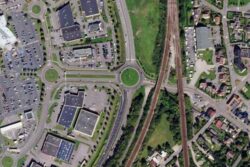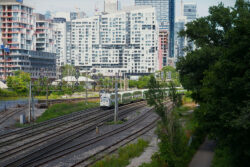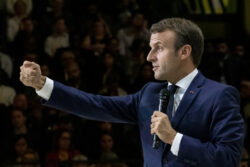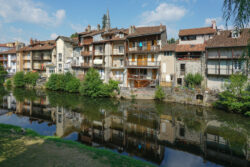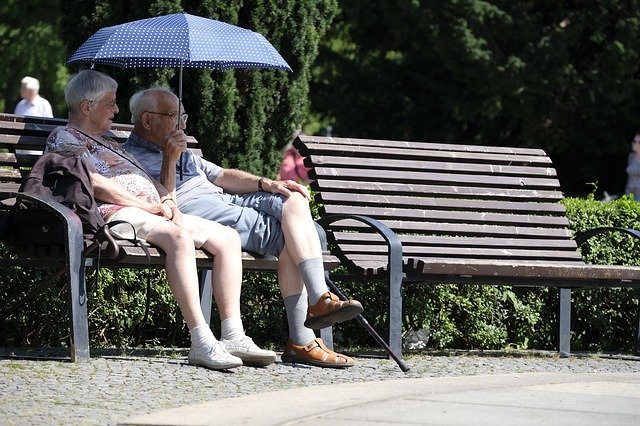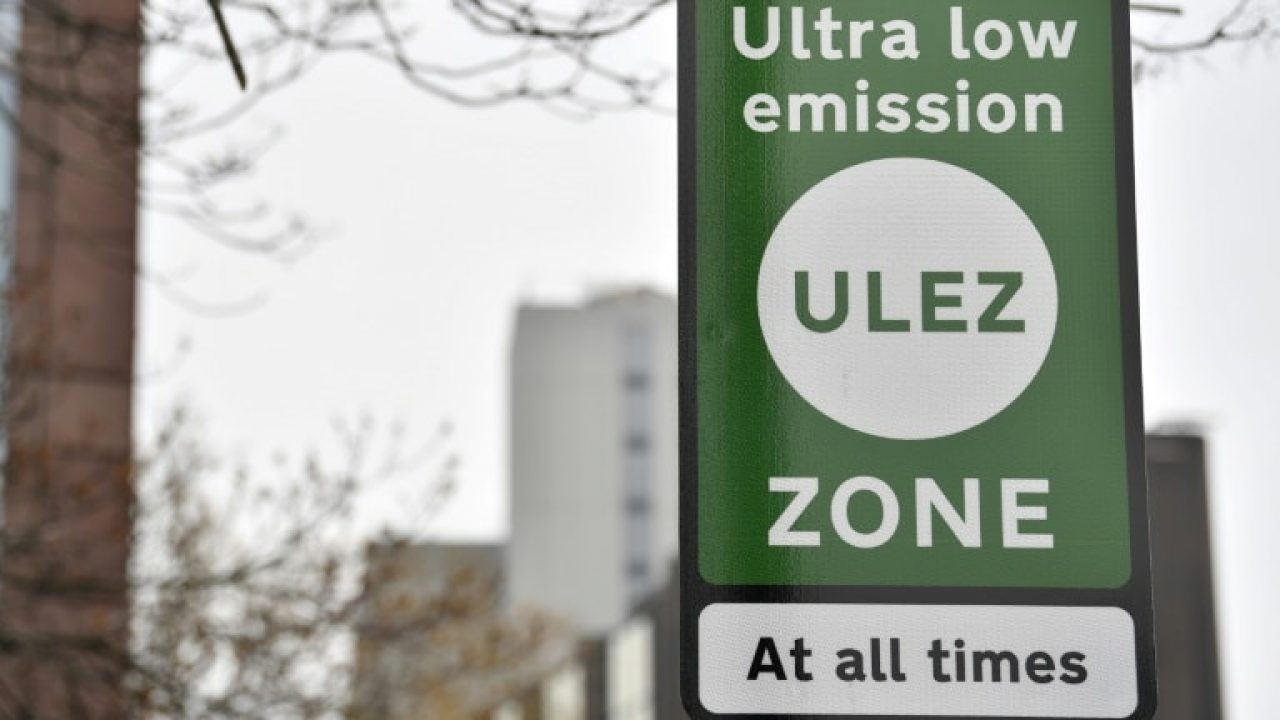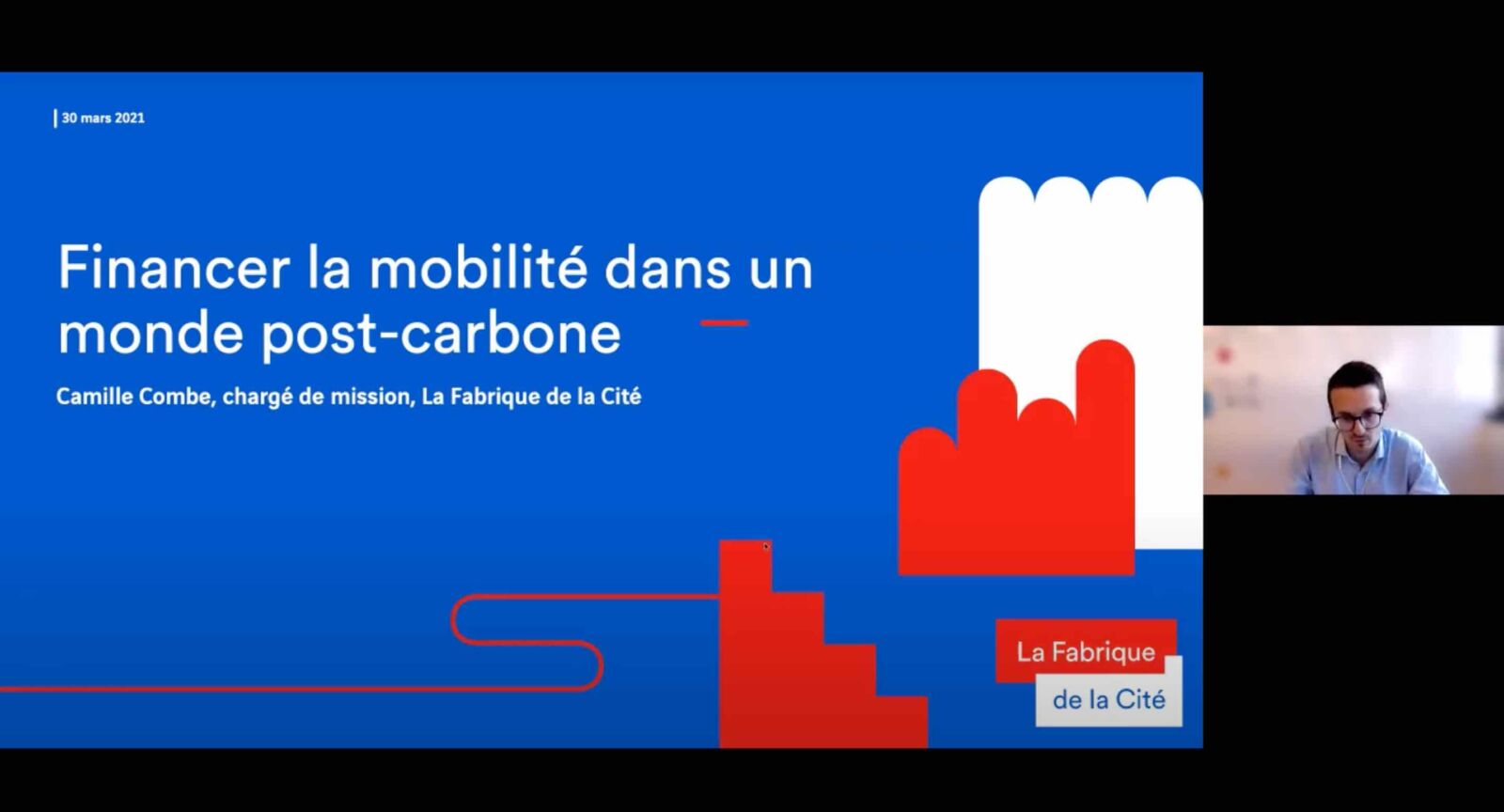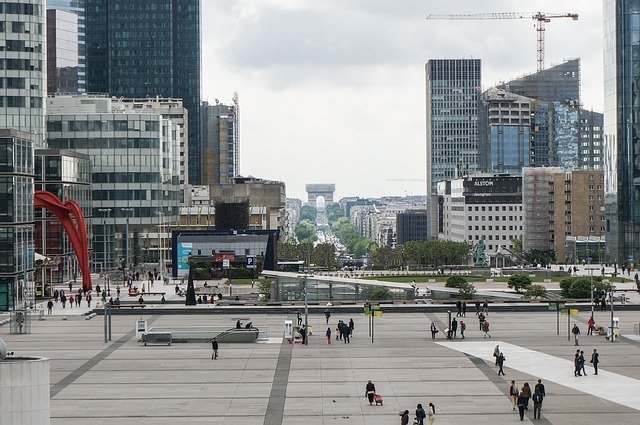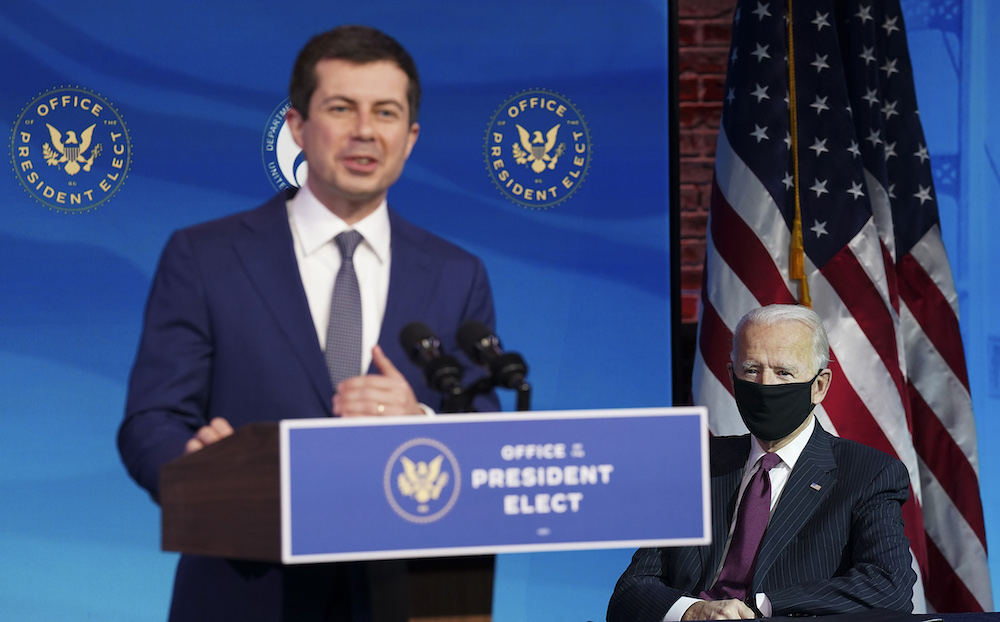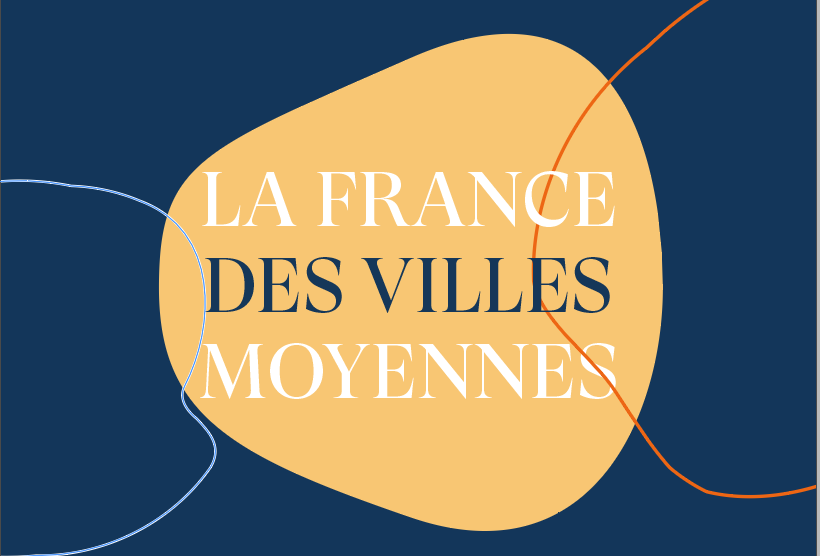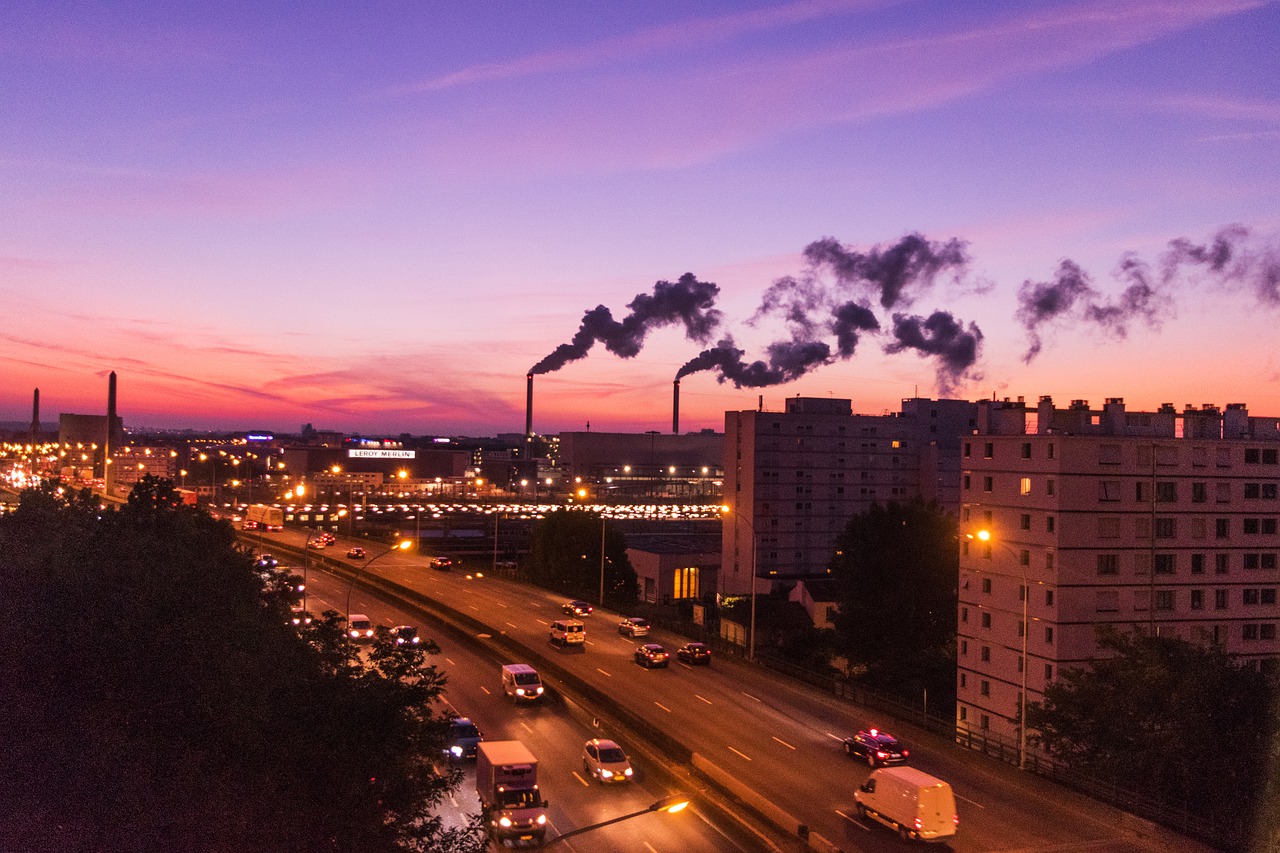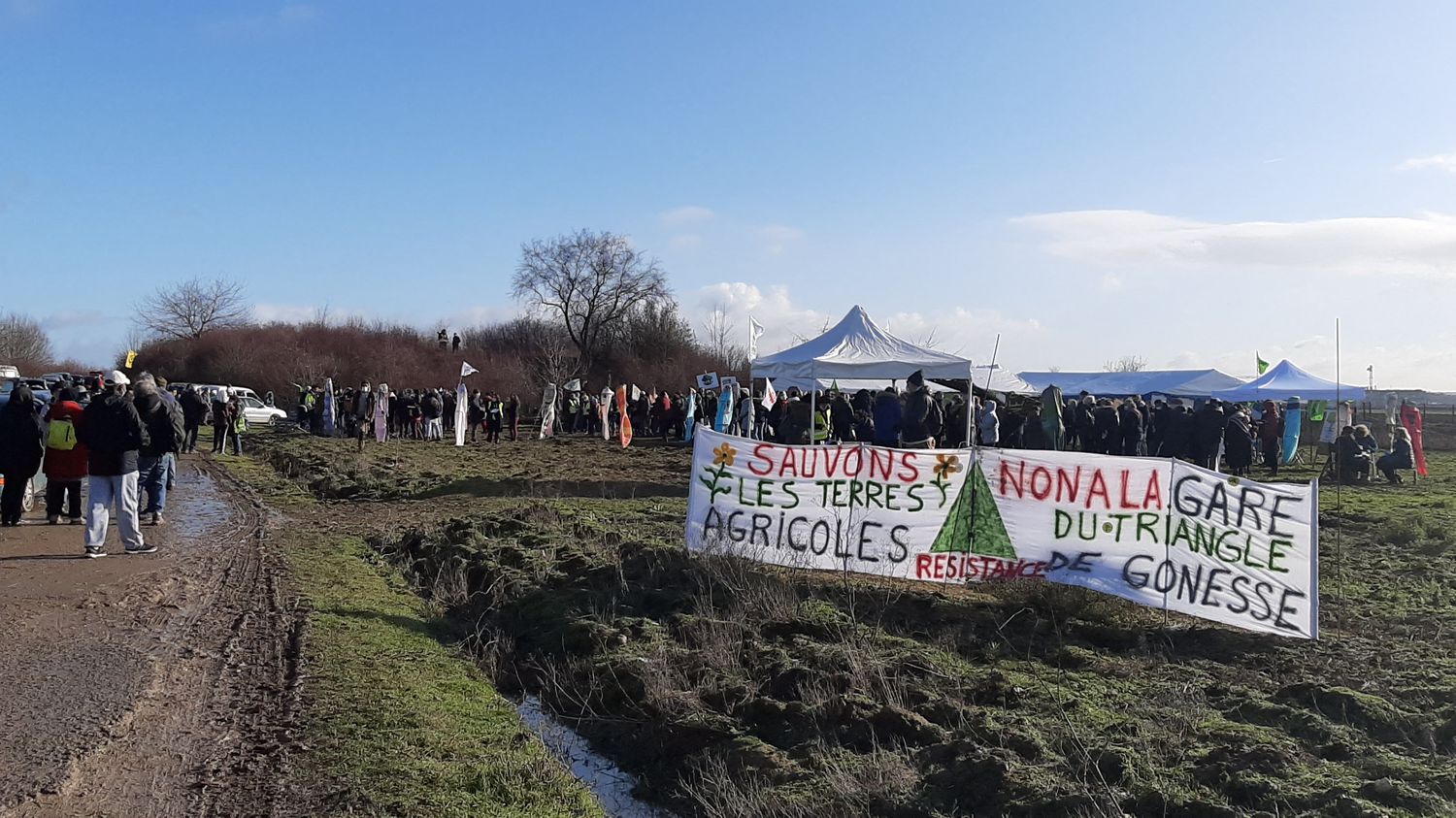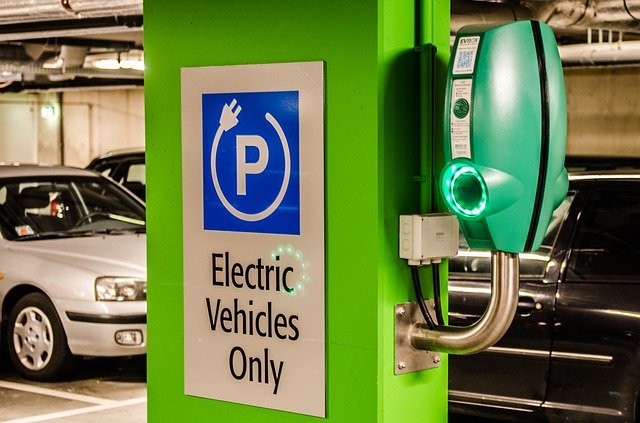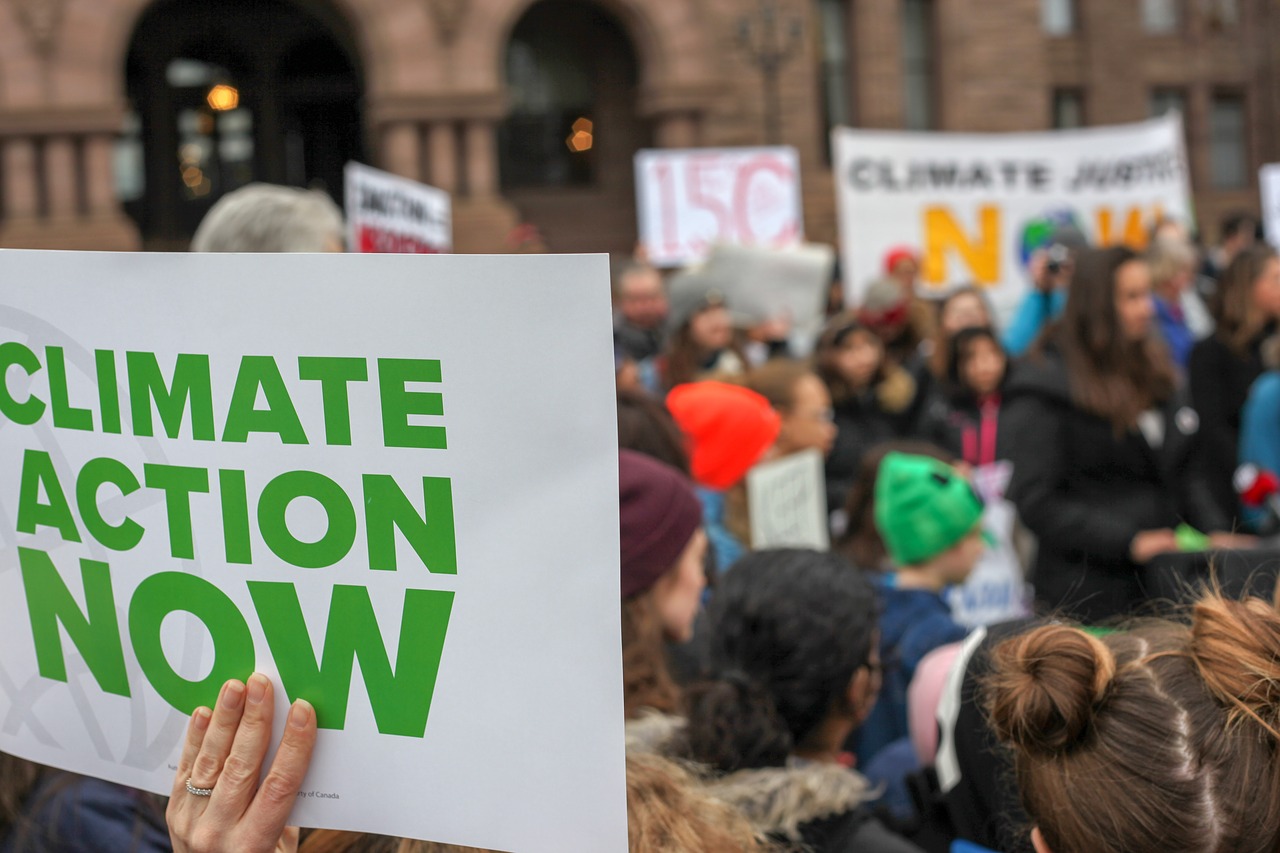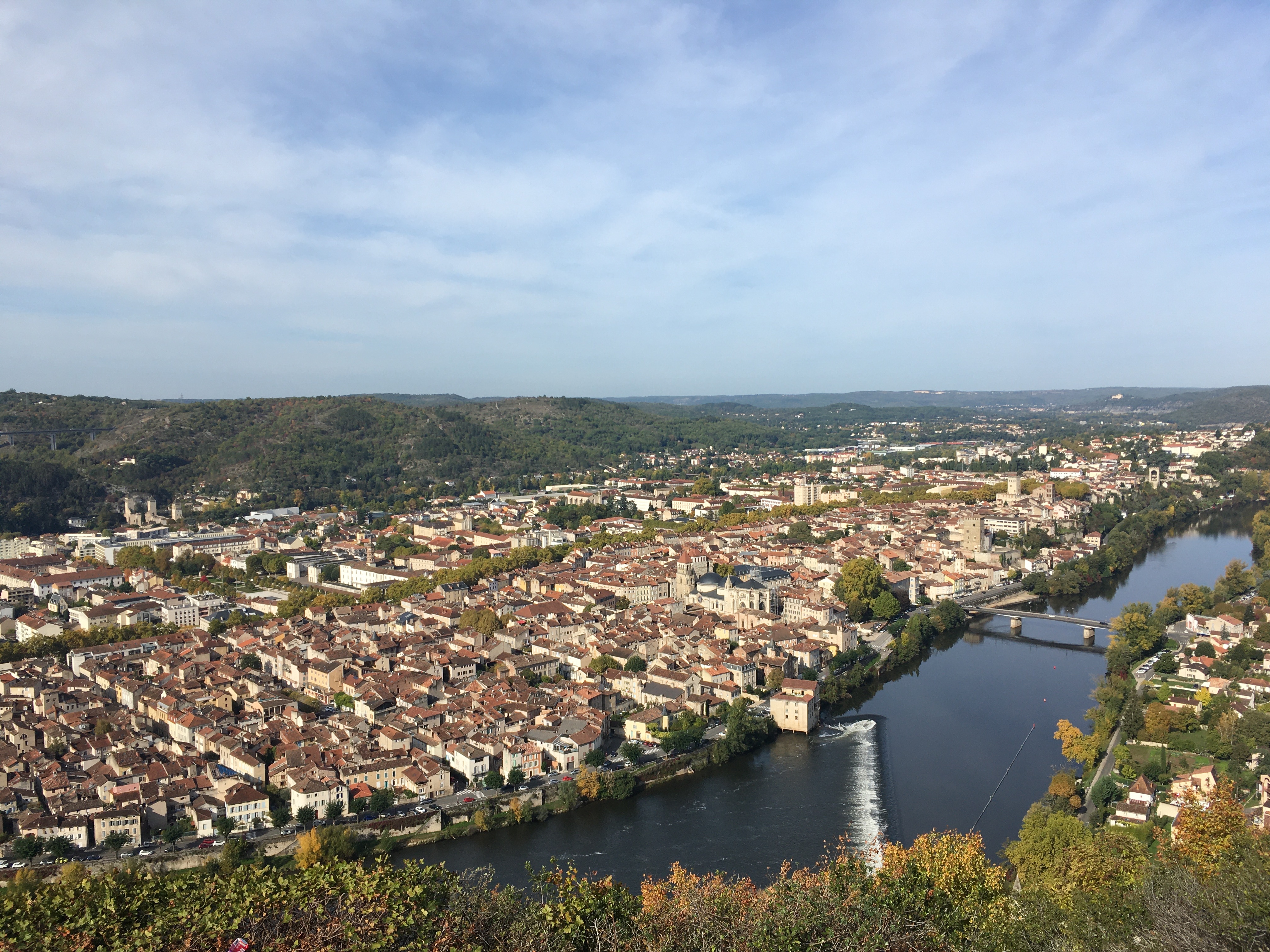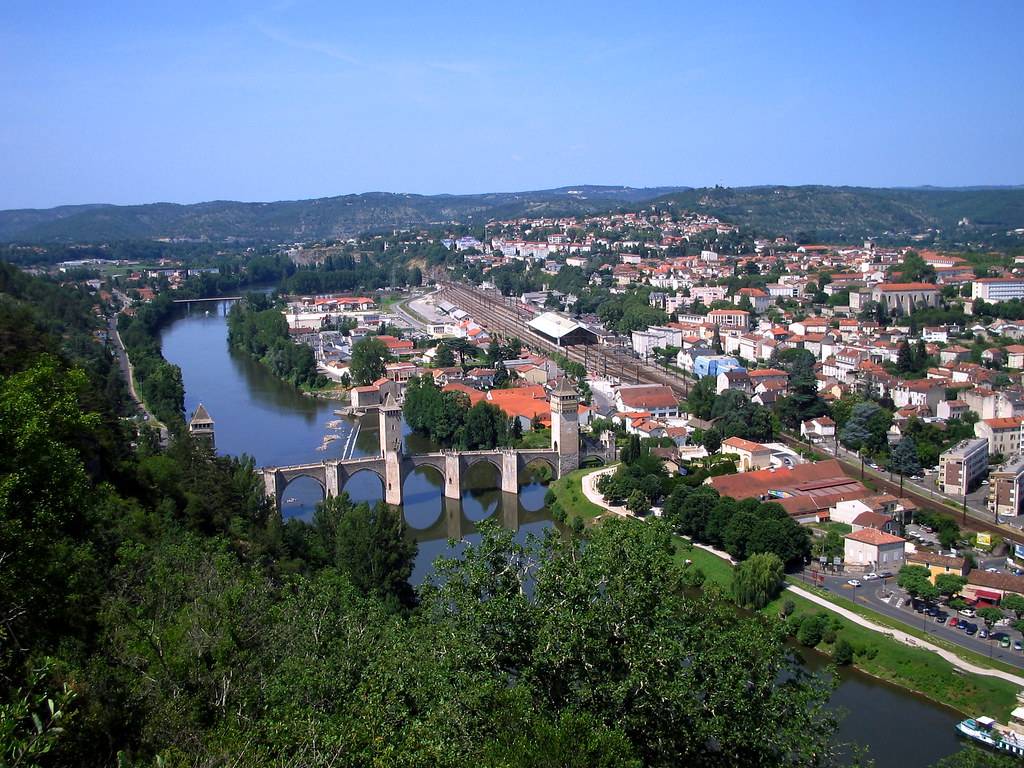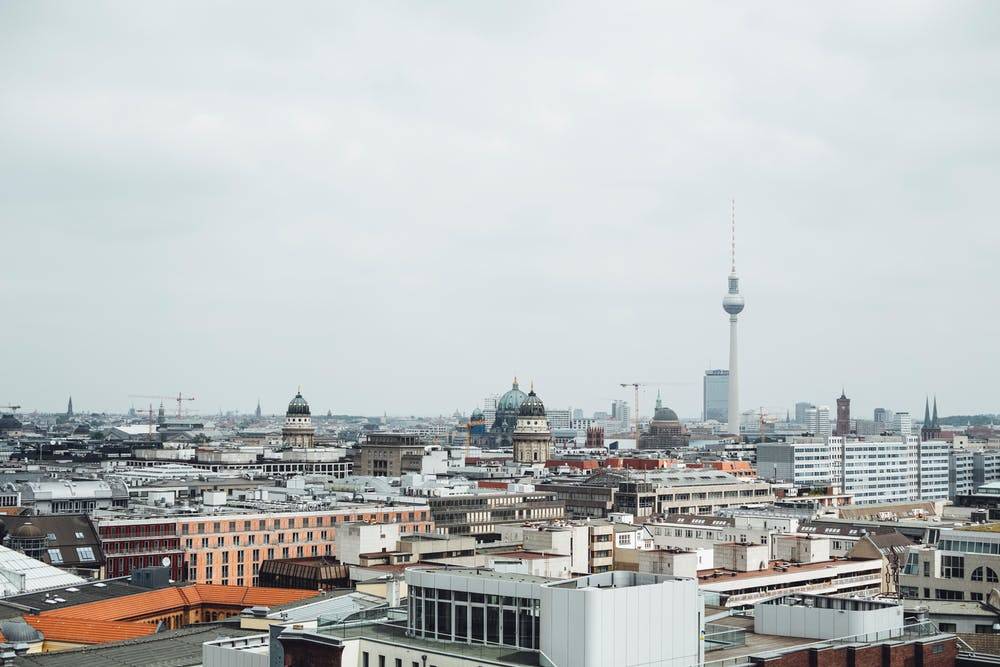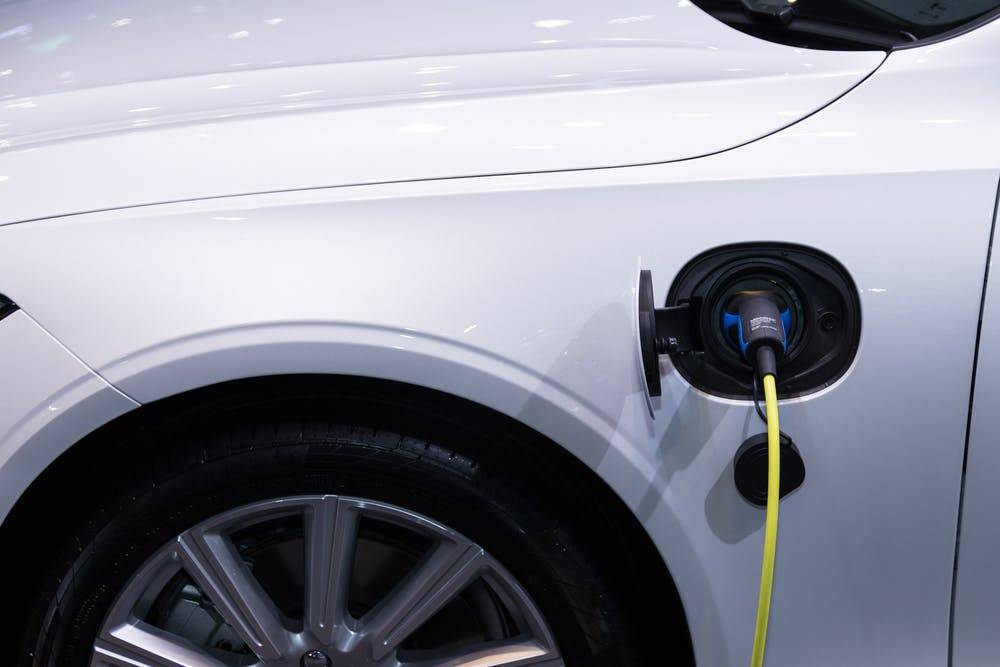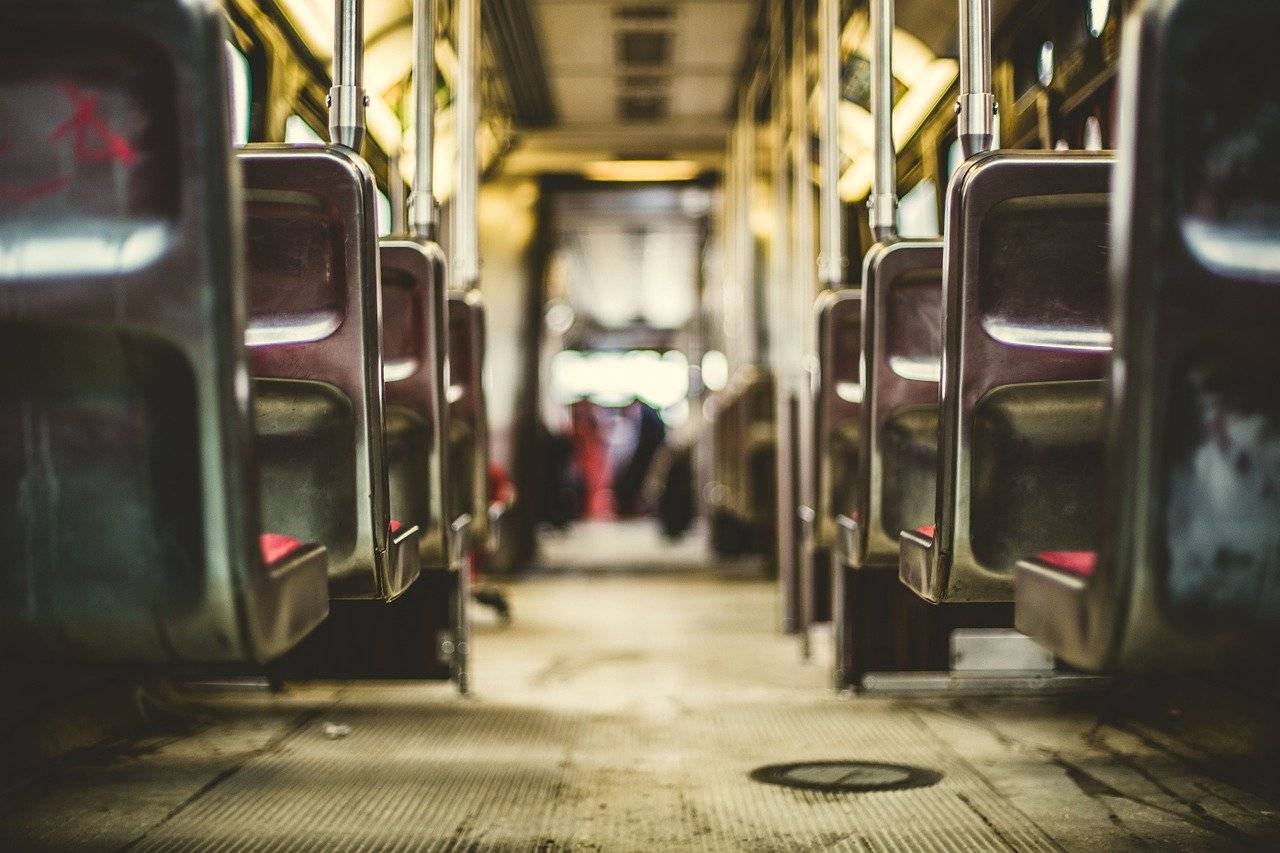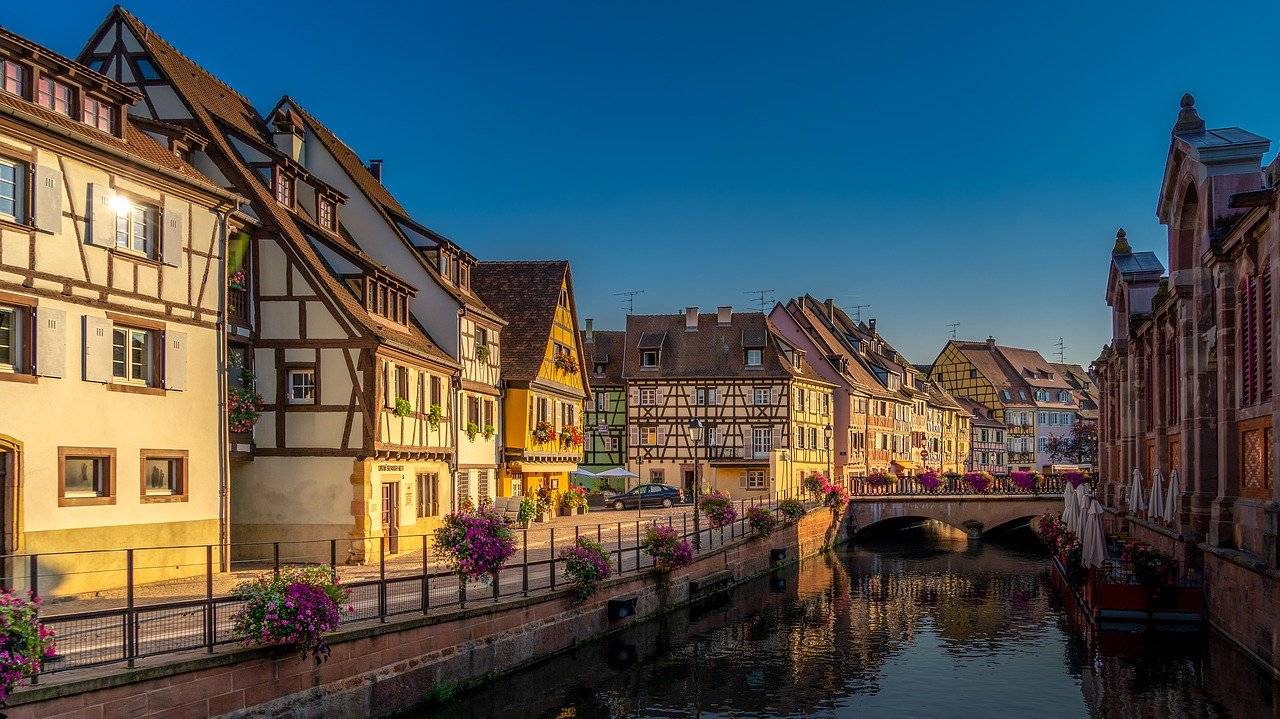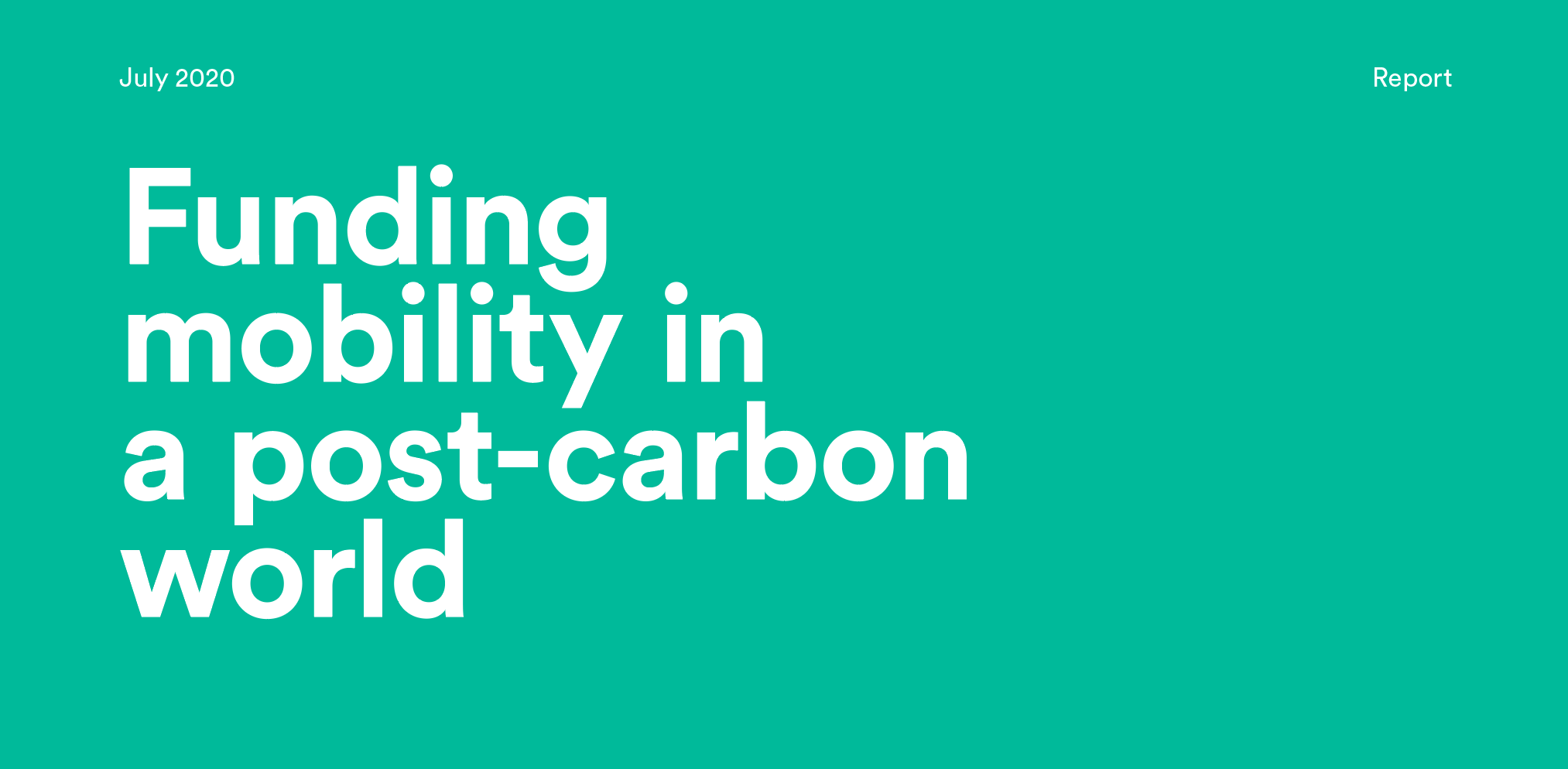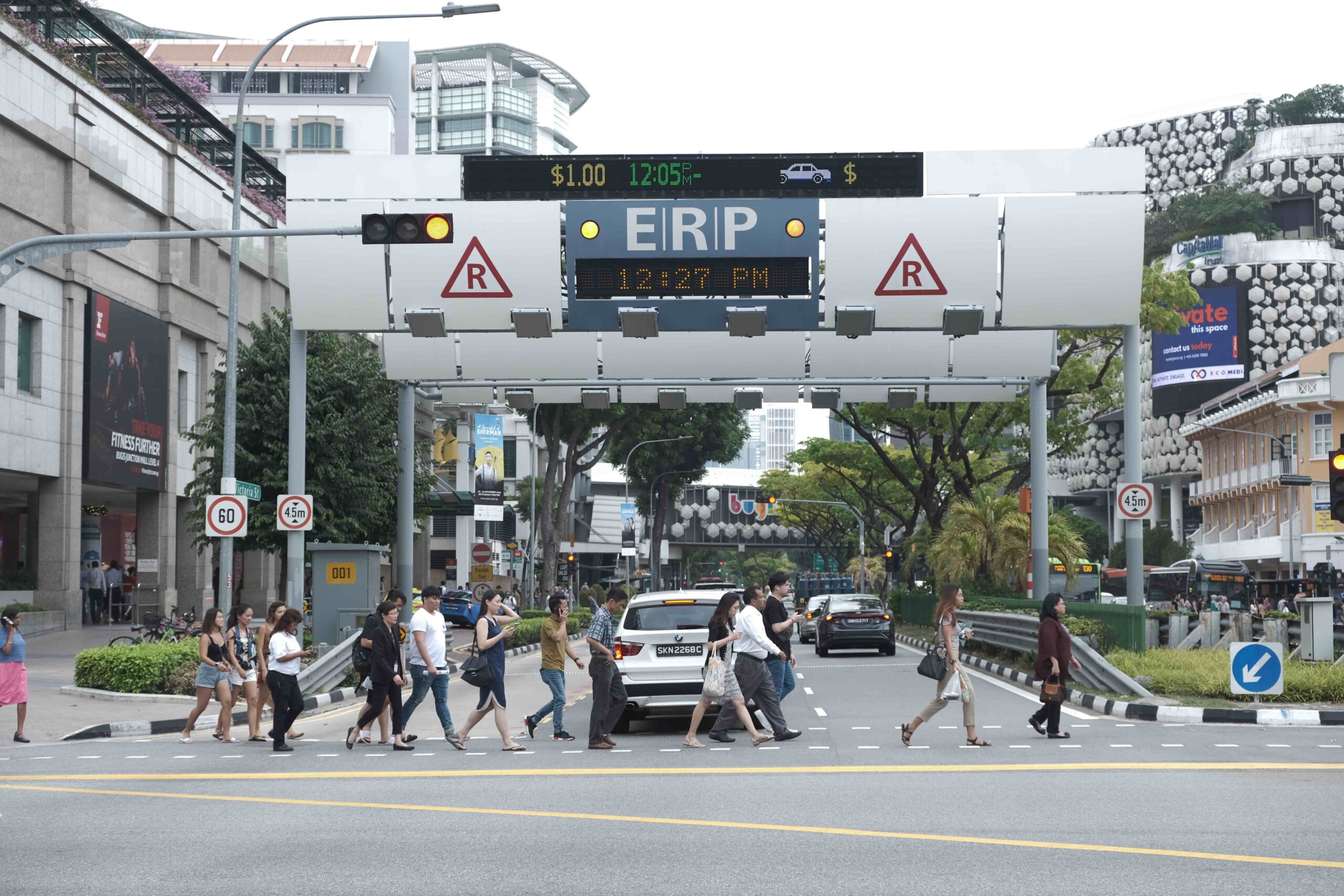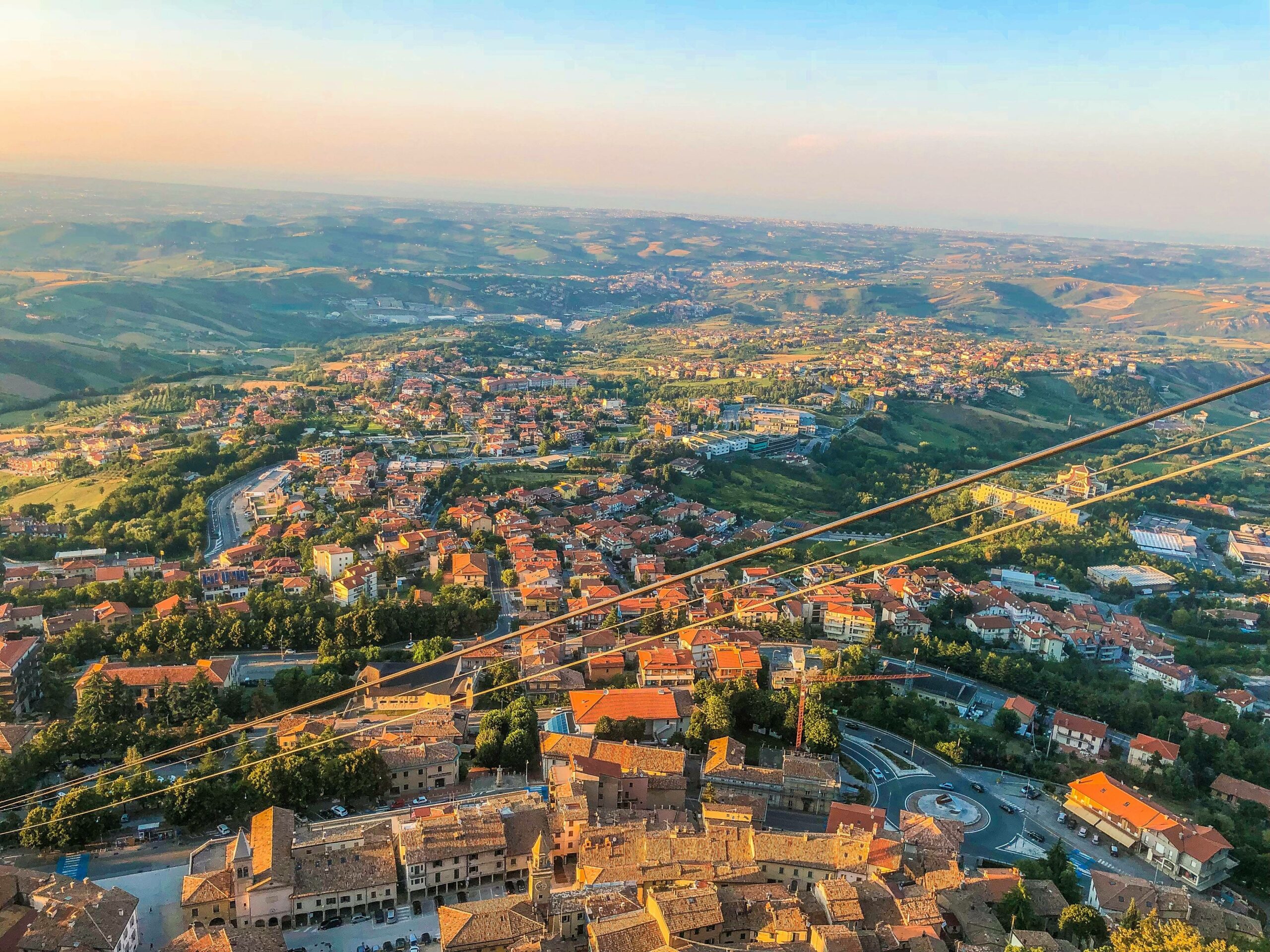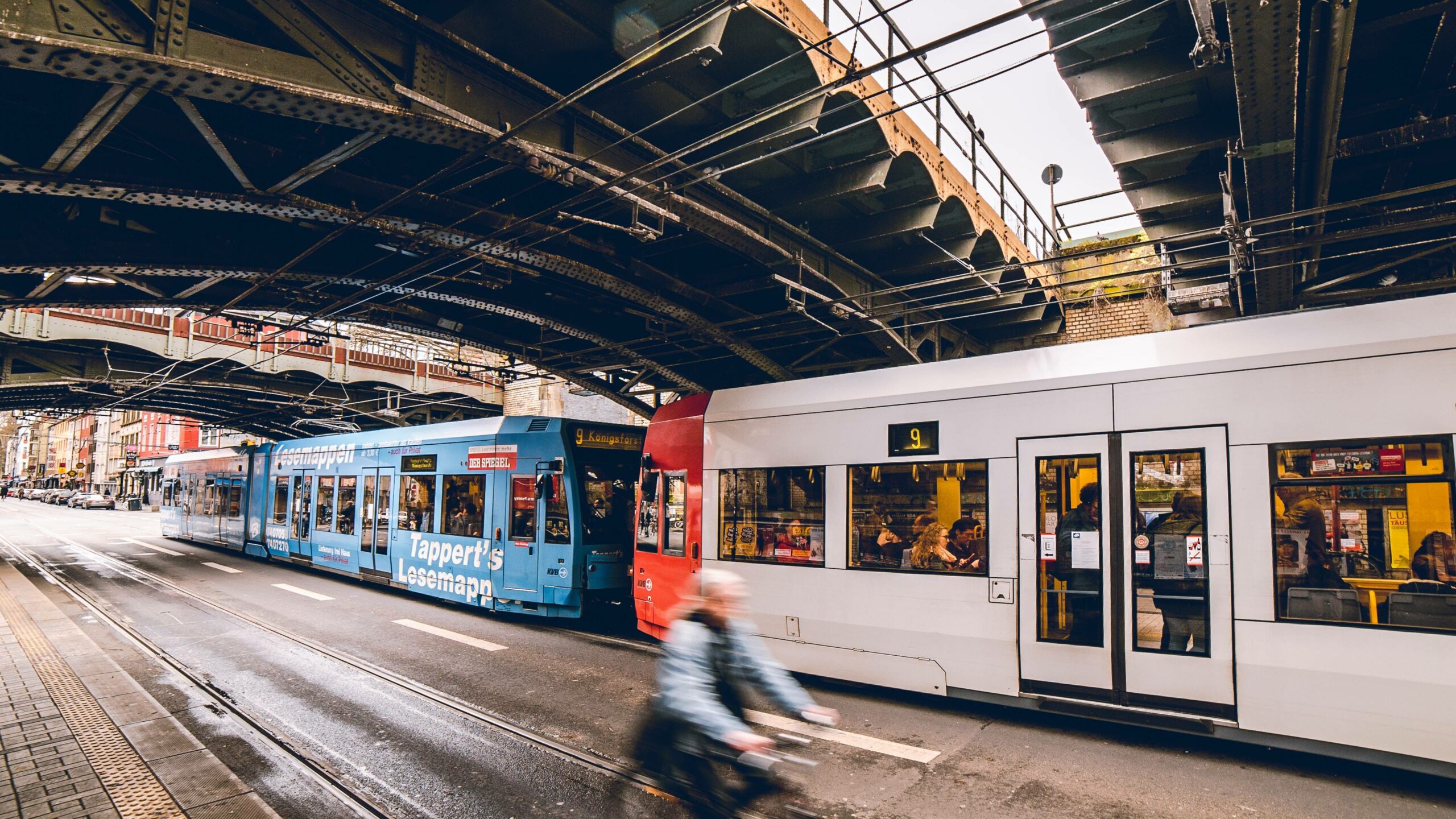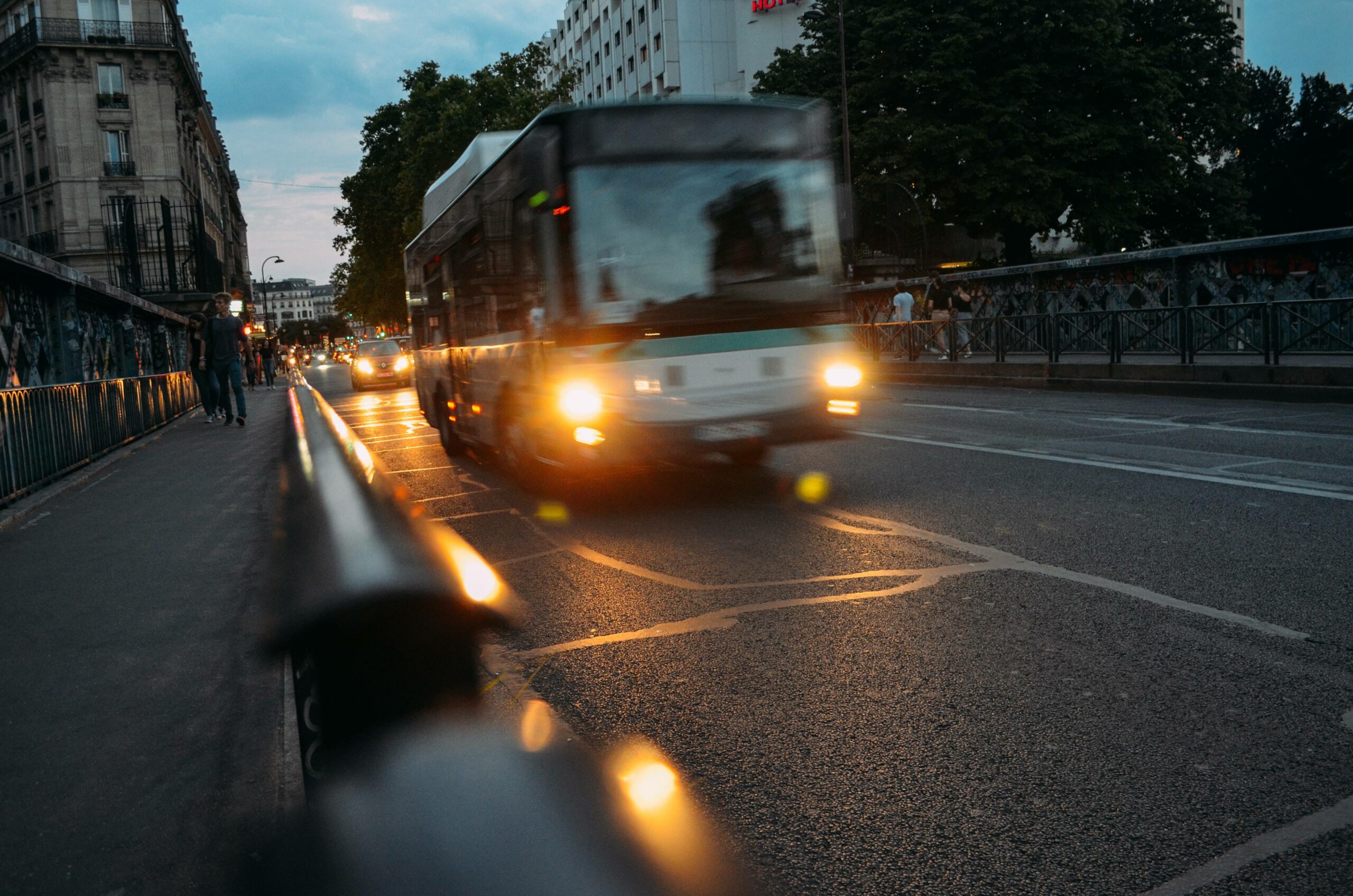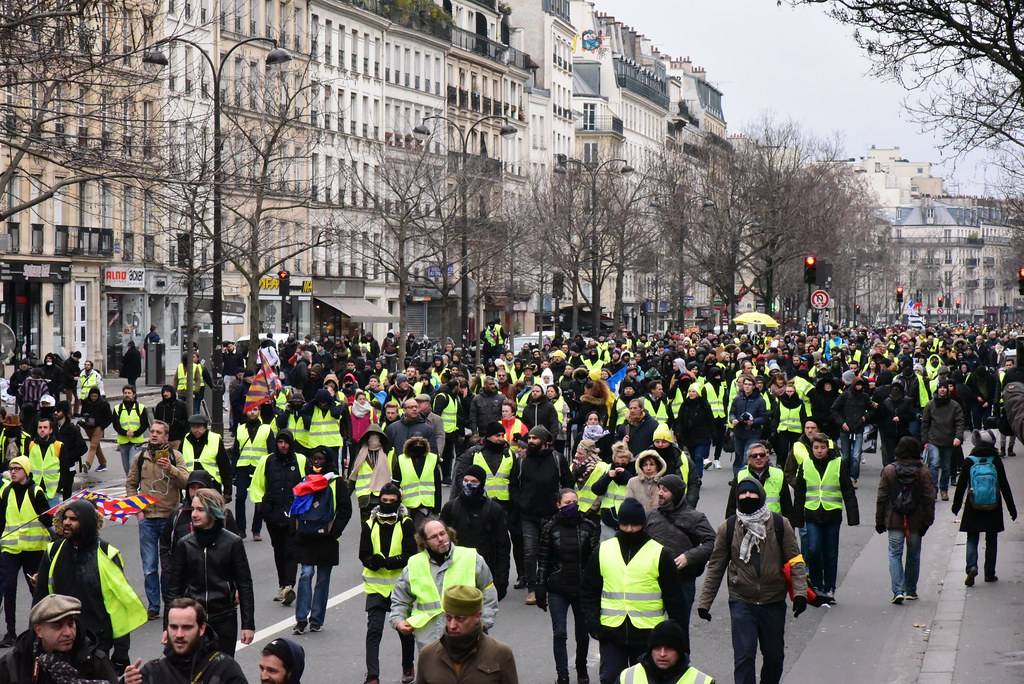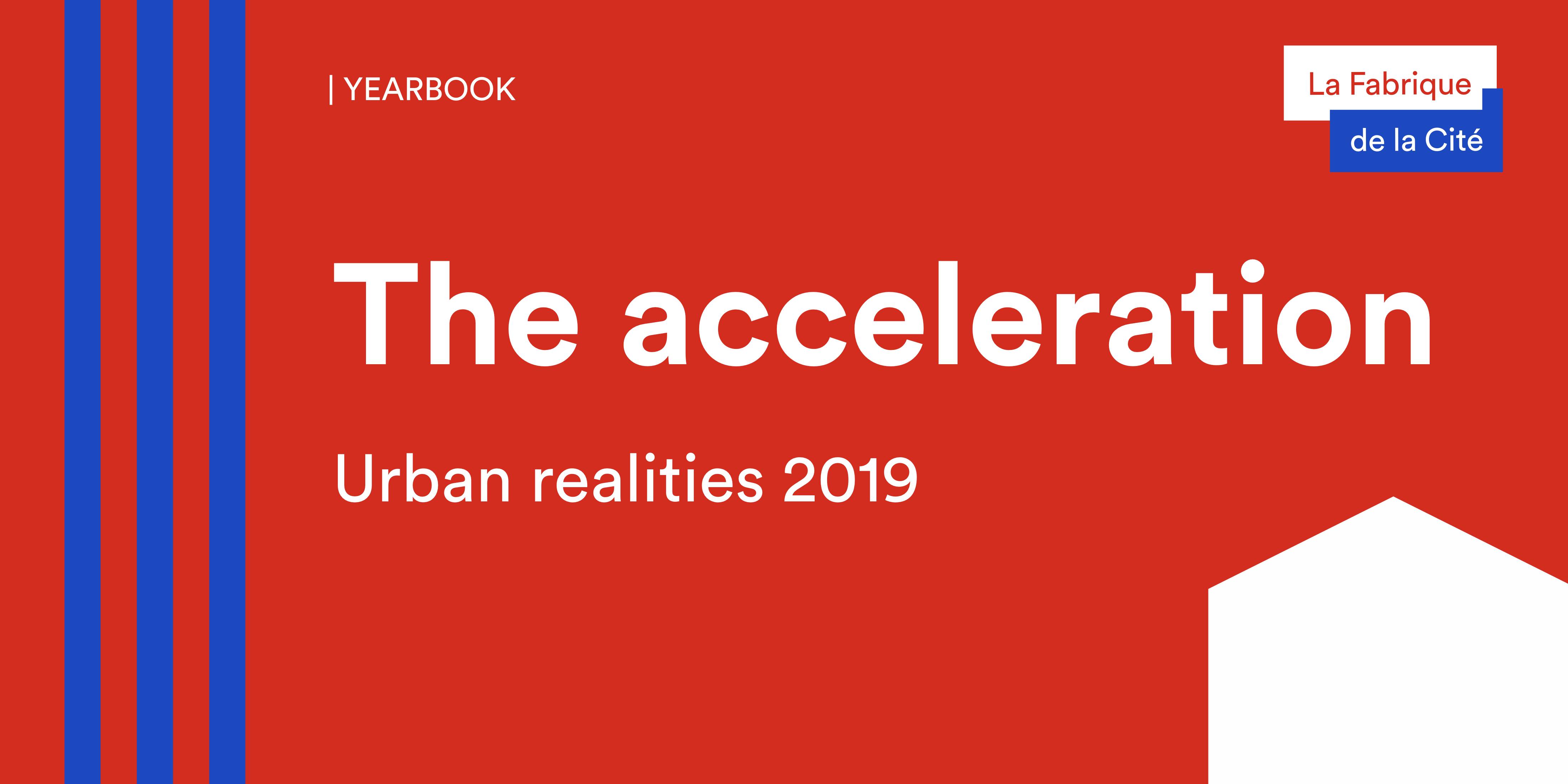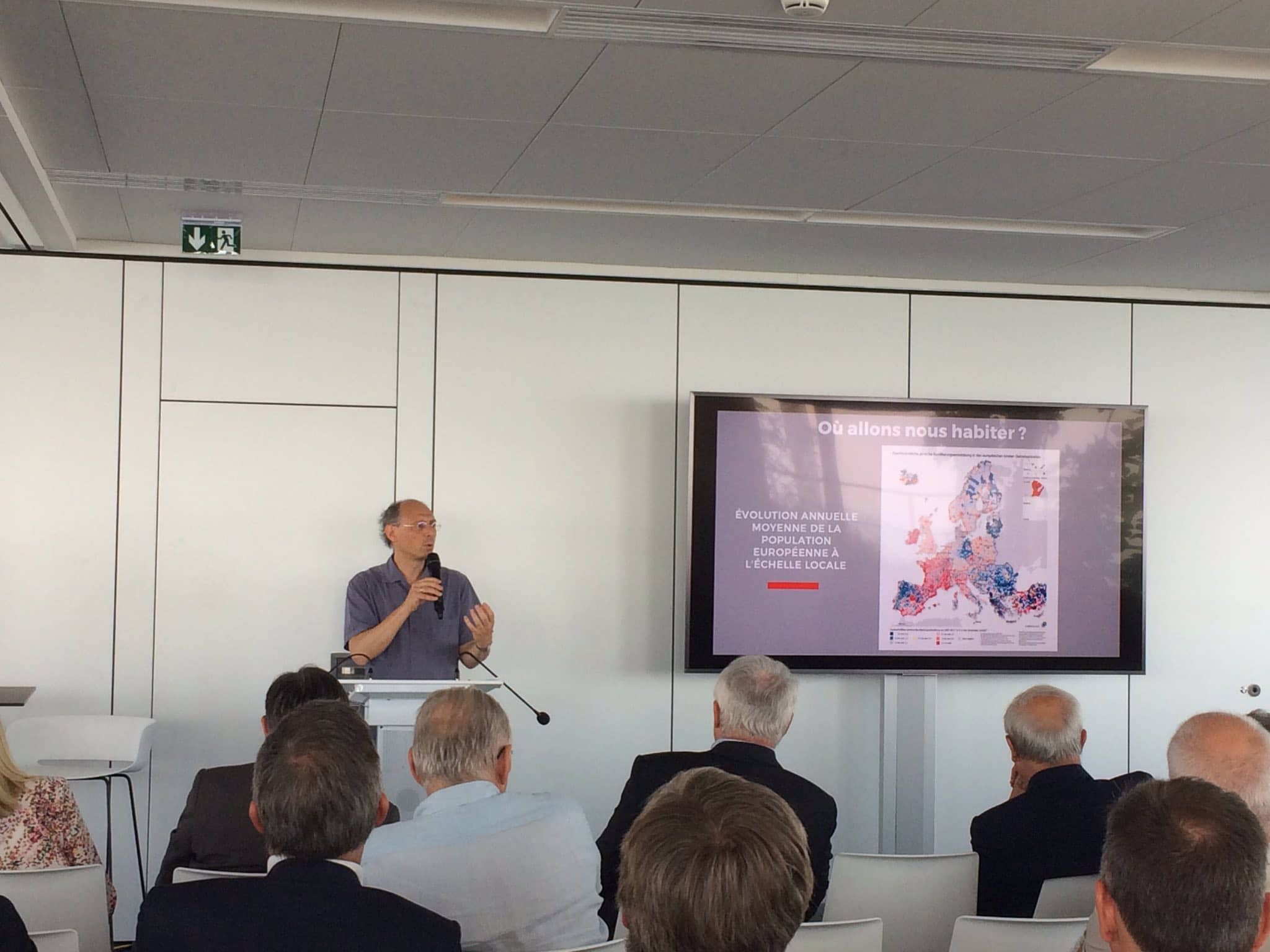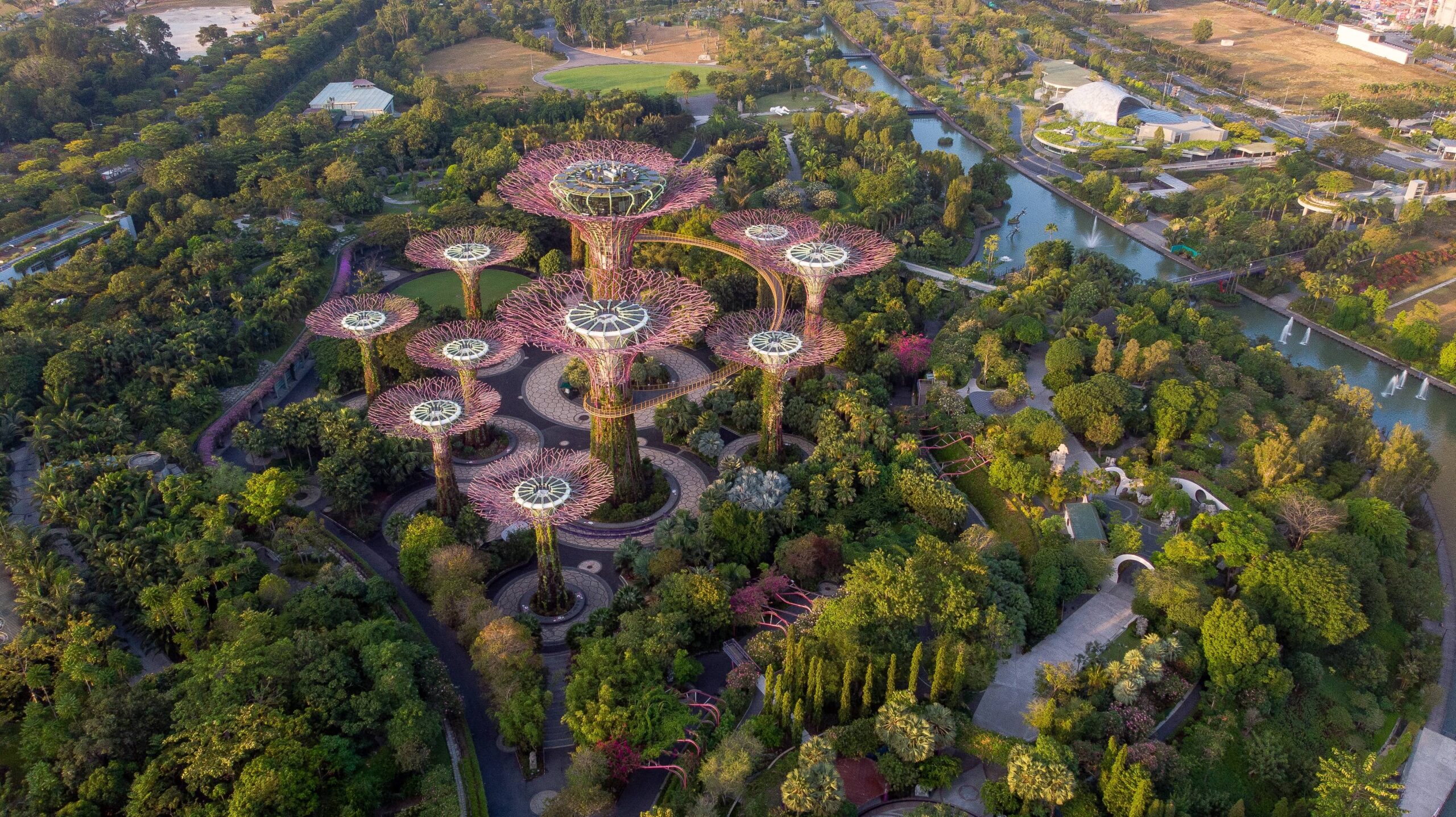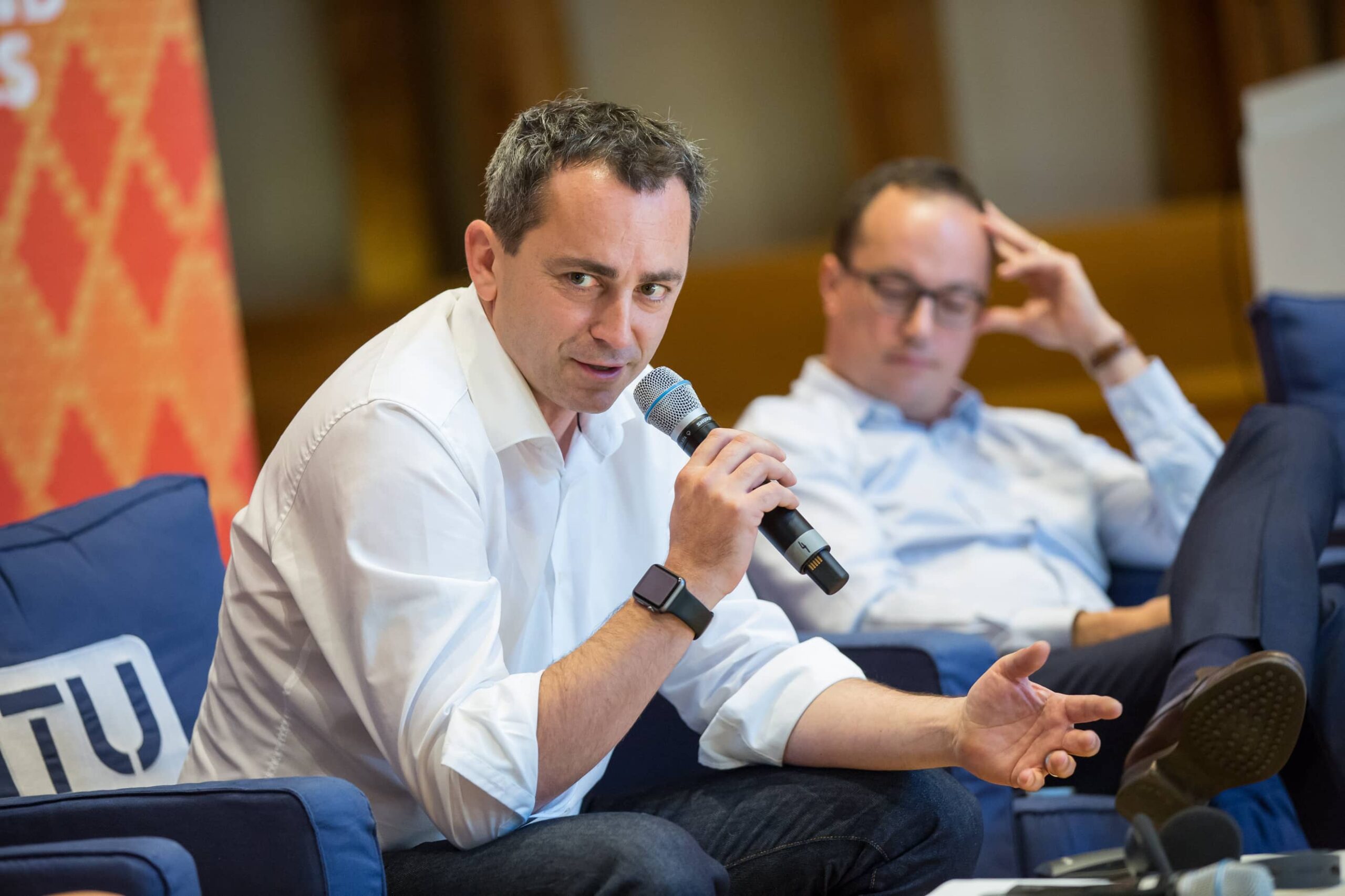

Airports in 2050: urban scale switches
Cities are scale switches: depending on their status in the urban hierarchy, they allow movement from the local scale to various larger scales, up to the global scale for metropolitan areas. Cities are only capable of this geographical feat because of their transport infrastructure, of which airports are one of the most telling examples.
During the Building Beyond festival, La Fabrique de la Cité welcomed Stéphane Crétel, strategic innovation project manager at Air France-KLM, and Laurent Terral, research fellow at the Institut français des sciences et technologies des transports, de l’aménagement et des réseaux (IFSTTAR) and the Ville Mobilité Transport laboratory.
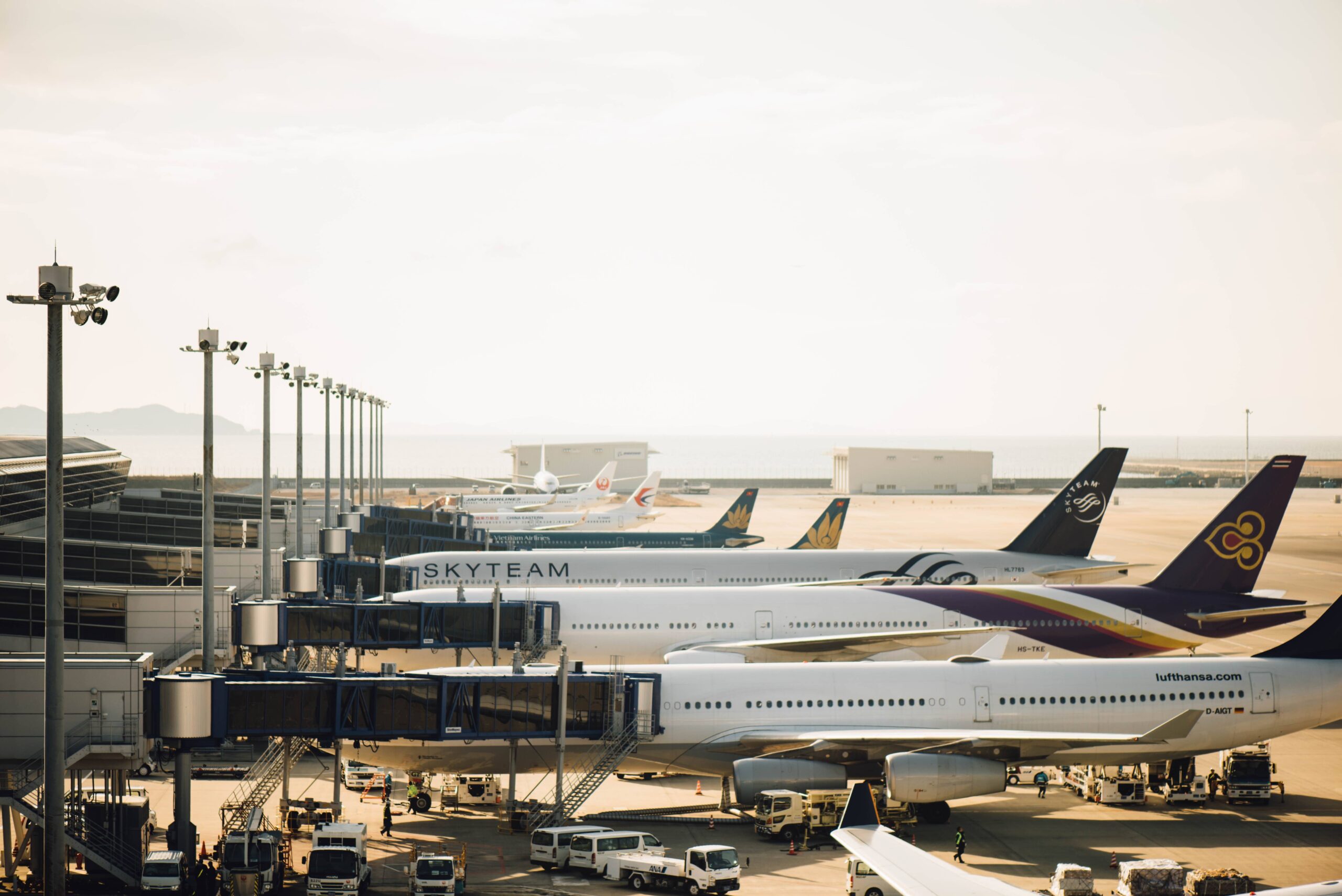
Between massive flows and hyper-personalization of experience: the paradoxes of airports
For Stéphane Crétel, airports face two pressures: the massification of air traffic on the one hand, and increased demand for a more personalized user experience on the other. They must thus ensure both industrial management and process customization. This paradox is rendered acute by the fact that the airport both fulfills an essential urban function (the mobility of goods and people) and provides an exceptional experience (air transport is not natural). In addition, site management is only complexified by environmental issues.
Personalization also poses other problems: the relation to the airport varies greatly between users, which implies concomitant, parallel evolutions. While airports are often regarded as a time-consuming stage by business customers, some services can enhance the airport experience, such as the presence of a restaurant for business-class customers, or a whole range of exceptional shops and amenities – as is the case at Jewel, the new Singapore airport terminal, where a forest and monumental waterfall have just been inaugurated.
Stéphane Crétel then raised the issue of the nature and location of the airport, with the various technical elements required for the proper functioning of airport operations acting as invariants. He underlined that, in the past, the Paris airport terminal was located not on the outskirts of the city, but in Les Invalides! He then imagined a future connected infrastructure, where the airport and station would be integrated into a multimodal network, before insisting on the importance of the symbolic dimension of the airport, linked to our image of travel.
The importance of thinking about the airport-territory relationship
For Laurent Terral, who recently authored a study on the subject, it is essential to think of the airport in close relation with its territory, and not in a vacuum. At some airports, lower traffic does not preclude the development of economic activity, such as aircraft maintenance, around the infrastructure. Airports are thus an essential center of activity at the local level. This relationship between airport and territory is sometimes questioned, especially when Europe jeopardizes the existence of certain airports placed on a state financial drip: there are ten public service lines in 2019, facing uncertain futures.
The very number of airports operating on the French territory is questionable. According to the Journal Officiel, France had 486 airports in 2018, of which only 108 welcomed any public. A dozen French airports allow for the opening up of areas that remain otherwise poorly served by other transport infrastructure – as is the case in Toulouse. This diversity makes the French airport landscape complex and rich; this may well be compromised in the context of climate change. As a major CO2 emitter, the aeronautics sector has become the target of many critics, whether activists or politicians. Will the airport be collateral damage of the ecological transition? Airports face high stakes and will have to demonstrate that they have the potential to overcome the urban challenges of the 21st century.
These other publications may also be of interest to you:
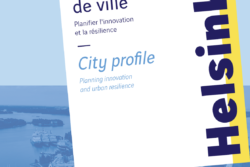
Helsinki : Planning innovation and urban resilience
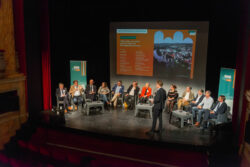
Back from Cahors
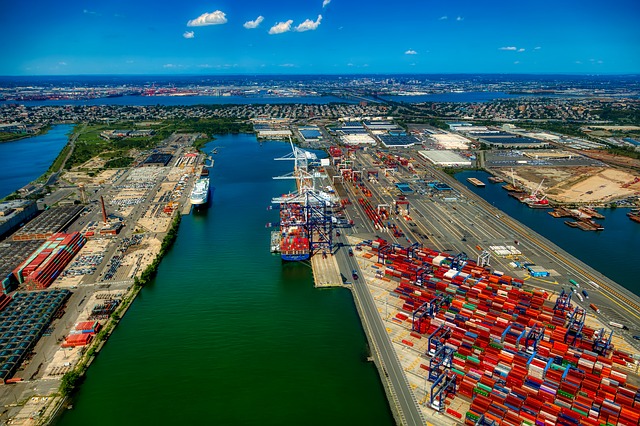
Rebalancing
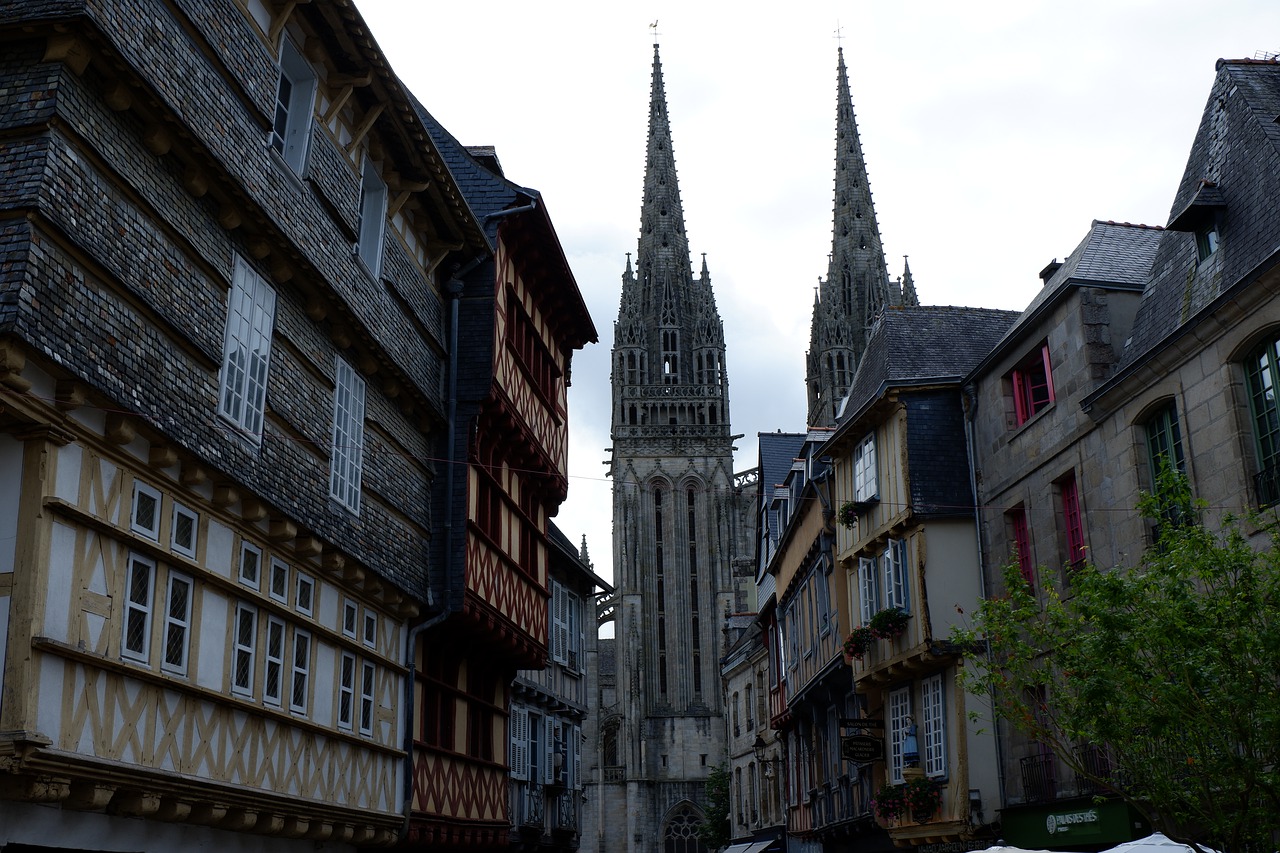
Size, Network and People
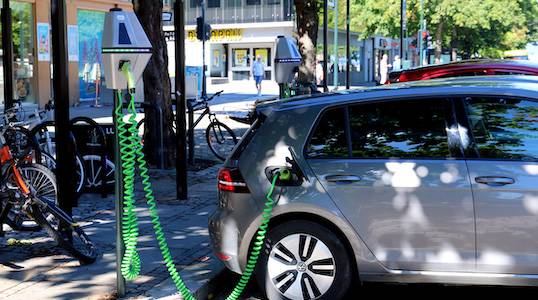
Funding mobility in a post-carbon world

Sending out an SOS

Behind the words: telecommuting
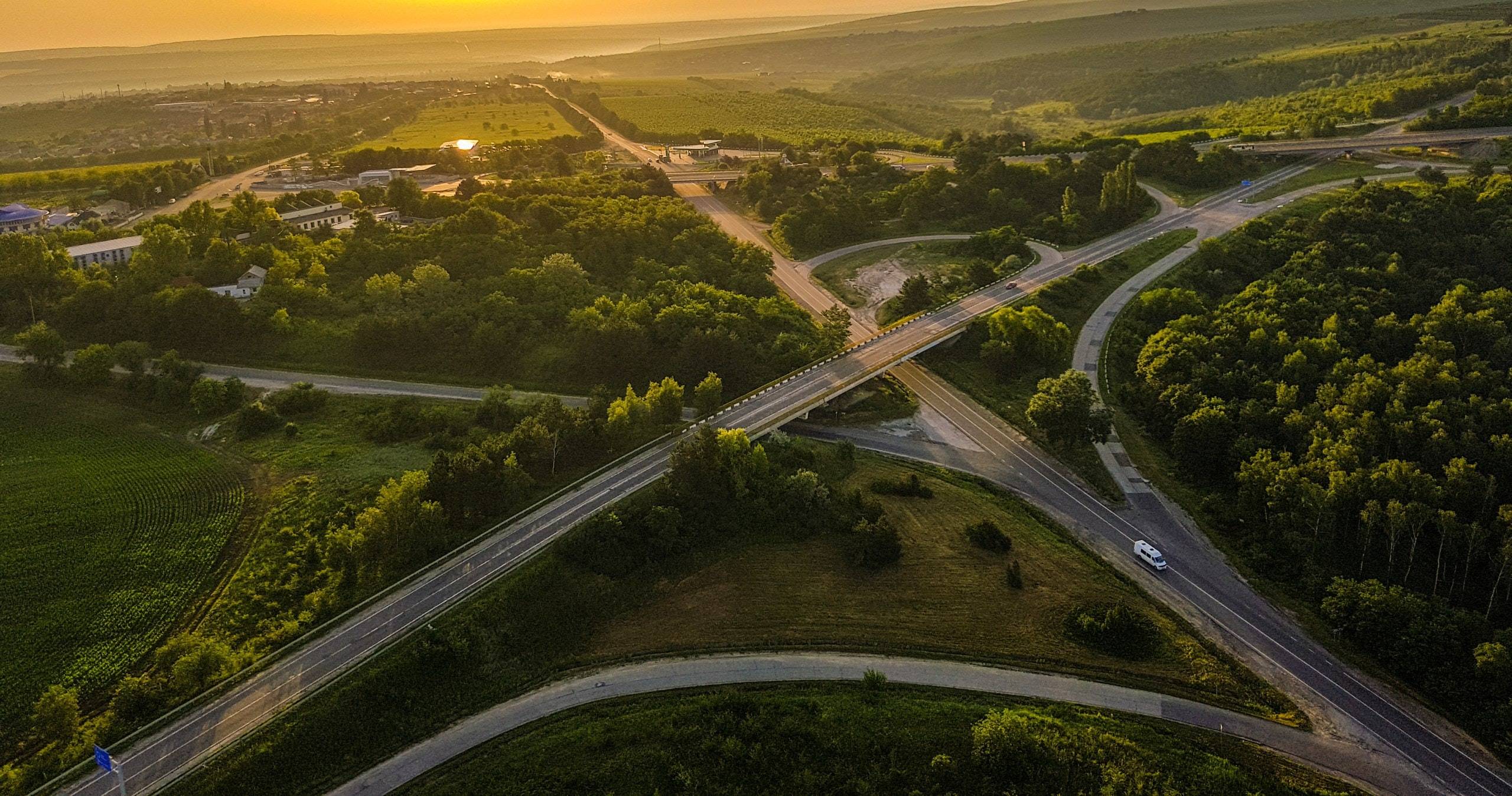
Behind the words: urban congestion

Toronto: How far can the city go?
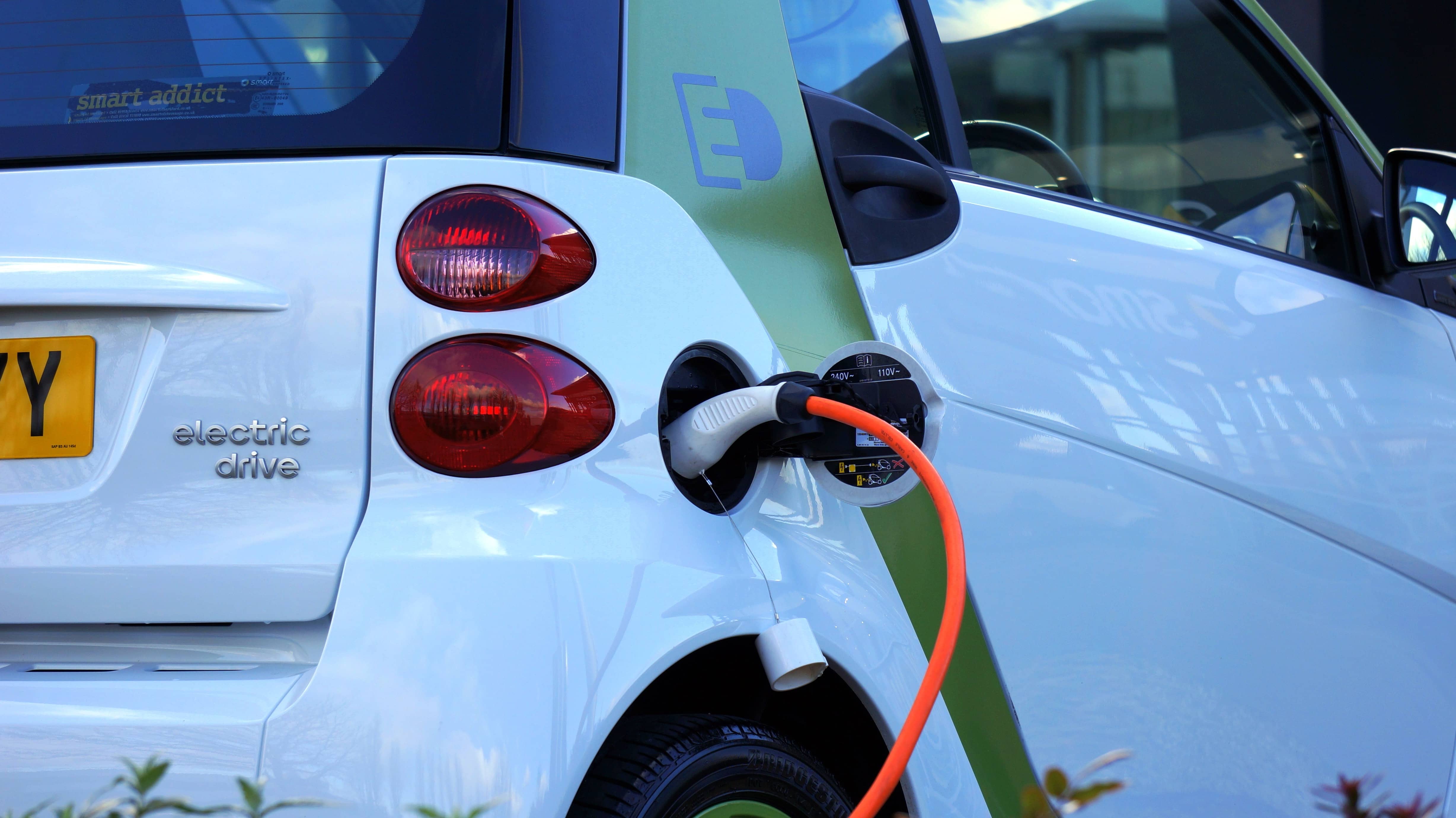
The political and technological challenges of future mobilities

Inventing the future of urban highways
La Fabrique de la Cité
La Fabrique de la Cité is a think tank dedicated to urban foresight, created by the VINCI group, its sponsor, in 2010. La Fabrique de la Cité acts as a forum where urban stakeholders, whether French or international, collaborate to bring forth new ways of building and rebuilding cities.

















